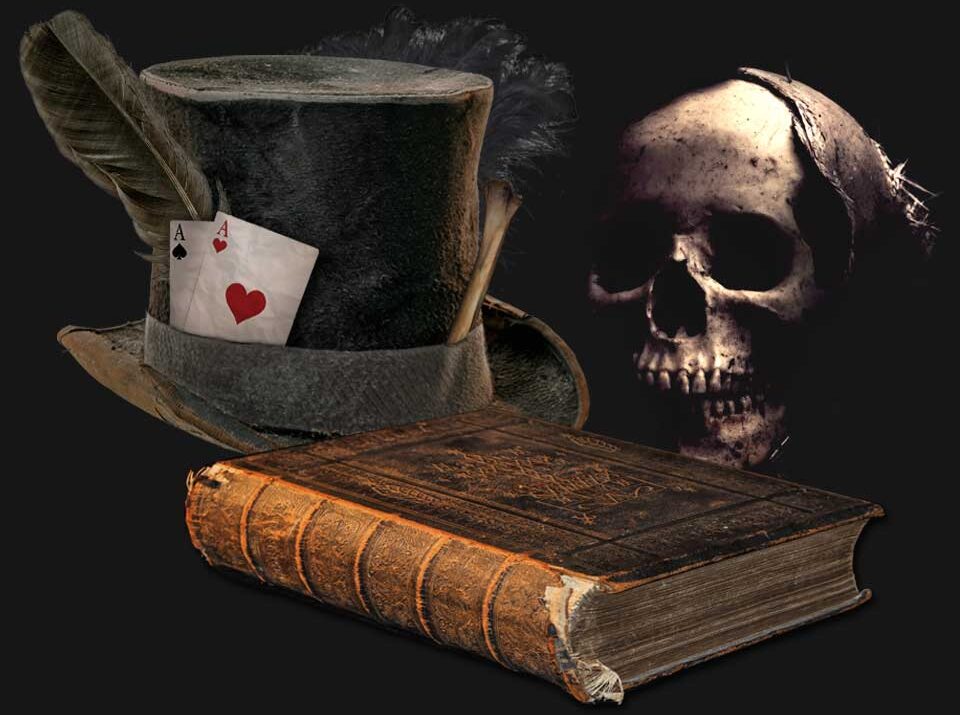When 13-year-old Sam meets Death, it’s the start of the adventure of a lifetime…
Join Sam, Baron Samedi, Papa Legba, and a host of others on a wild journey into the strange world of Vodou. When Baron Samedi, the irreverent loa of Death, discovers someone is after his job, it’s up to Sam, her obnoxious cousin, and her grandmother to make sure that the Baron’s powers don’t fall into the wrong hands.
Don’t miss this exciting novel, filled with action, mystery, humor, and a bit of horror. Travel with Sam from California to Haiti to New Orleans and beyond, as she accompanies the Baron in his antics and adventures, meeting demons, ghosts, monsters, and, of course, zombies!
Look for The Baron & Me online and in bookstores sometime in the future (hopefully, before the author actually meets Baron Samedi in person).


Vodou or Voodoo? Which is it?
Vodou is a religion that developed in Haiti among the enslaved African population during the colonial period. Retaining some aspects of the ancient African religion of Dahomey, Vodou exists alongside Christianity. It’s often said that Haiti is 90 percent Catholic, 10 percent Protestant, and 100 percent Vodou.
You’ve probably seen it spelled ‘voodoo’ in other places, but those who practice the religion tend to prefer to spell it Vodou. It’s most commonly found in Haiti and Louisiana (where the practices and rituals differ slightly from the Vodou of the Caribbean).
Baron Samedi and the Loa
What about Voodoo Dolls and Zombies?
There are probably two things you immediately think of when you hear the word Vodou: Voodoo Dolls and Zombies. Both have become staples of movies and pop culture. You might be surprised then to learn that Voodoo dolls are in reality a product of Hollywood. While such dolls can be found in countless gift shops in Cajun country, they aren’t actually used in Vodou. While early-20th-century movies like White Zombie and I Walked With A Zombie ensconced them in the public imagination, they have never been used by genuine practitioners of Vodou.
Zombies, on the other hand, are very much one of the darker aspects of Vodou. It is believed that bokors, Vodou priests and priestesses who practice dark magic, can turn the bodies of the recently dead into mindless, undead minions. In Vodou, such a fate is worse than death, since part of the person’s soul — the petit bon ange or “little good angel” — is trapped within their body, unable to escape their undead prison. Fortunately, though zombies are impervious to pain and unkillable, the spell animating them can be broken with a little salt, freeing the souls within.
